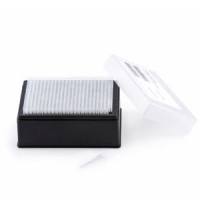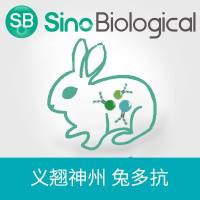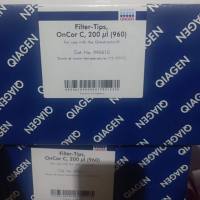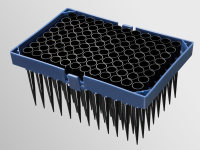PPAR SUMOylation: Some Useful Experimental Tips
互联网
865
Studies on the regulation of nuclear receptors, such as the peroxisome proliferator-activated receptors (PPARs), are important
to enhance our understanding of their molecular, cellular, and physiological behavior. A decade ago, it was shown that the
SUMOylation pathway plays a very important role in the regulation of transcription factor activity. The SUMOylation process
involves the covalent binding of SUMO protein to the target protein. However, experimental procedures to demonstrate that
low-expressed proteins, such as PPARs, are SUMOylated, remain tricky, and require specific optimization for each protein.
Here, we provide a simple and useful experimental method to investigate the SUMOylation of PPARs in a cellular context. The
procedure for studying SUMOylation in living cells is based on the purification under denaturating conditions of total SUMOylated
proteins followed by the specific detection of the PPAR proteins. For that purpose, cells are transfected with both 6xHistidine-tagged
SUMO and PPAR expression vectors. Since the polyHistidine tag binds to nickel cationic ion-linked agarose matrix (Ni-NTA matrix),
His-tagged SUMO proteins covalently linked to the protein substrate can be specifically precipitated and separated from the
unSUMOylated proteins. The SUMO-modified PPAR proteins can subsequently be visualized by western blotting using anti-PPAR
antibodies. Many questions relative to the regulation of PPAR SUMOylation can be appropriately addressed by adapting this
protocol.









